BacBac
Structural
- Aug 11, 2024
- 25
Hi All,
Structural engineer from Australia here.
I have 2 questions regarding detailing a post-tensioned slab for its anchorage type (edge stressing vs pan stressing).
Q1. Does anyone know when edge stressing may be rejected by architect or builder?
Besides the obvious reasons such as edge of the slab is at the site boundary (i.e. no access/platform to do edge stressing) or the edge of the slab is not painted and exposed to view at architecturally sensitive areas since the grout patch will have different colour as per picture below.
If the edge of the slab is painted with white paint for example, would the edge stressing still be rejected by the architect? Not too sure if you're able to tell the difference once it's painted though.
Q2. When stressing through construction joint (pour joint or Temporary Movement Joint (TMJ) with proprietary dowel products). Would edge stressing be preferred here instead of pan stressing?
I note that with pan stressing you'd put additional trimmer reinforcement around the pan (pan reinforcement) that may lead to congestion. But I still see that sometimes pan stressing is done at these joints instead.
Any help would be appreciated.
Thanks.
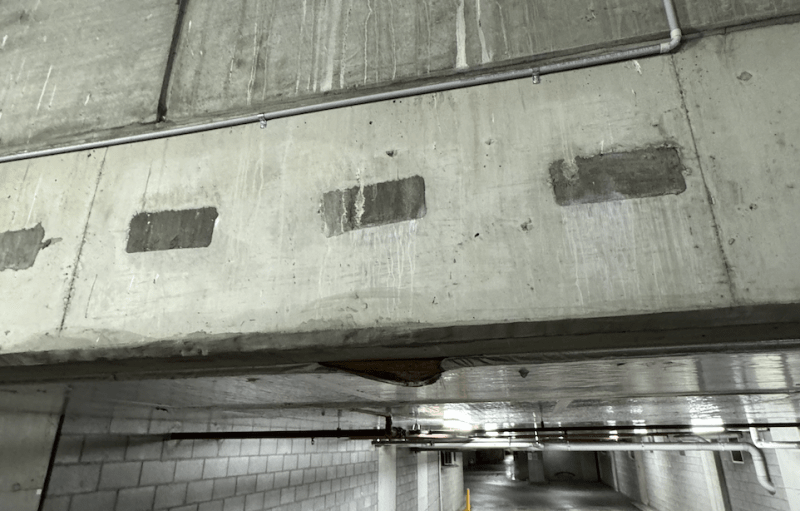
Structural engineer from Australia here.
I have 2 questions regarding detailing a post-tensioned slab for its anchorage type (edge stressing vs pan stressing).
Q1. Does anyone know when edge stressing may be rejected by architect or builder?
Besides the obvious reasons such as edge of the slab is at the site boundary (i.e. no access/platform to do edge stressing) or the edge of the slab is not painted and exposed to view at architecturally sensitive areas since the grout patch will have different colour as per picture below.
If the edge of the slab is painted with white paint for example, would the edge stressing still be rejected by the architect? Not too sure if you're able to tell the difference once it's painted though.
Q2. When stressing through construction joint (pour joint or Temporary Movement Joint (TMJ) with proprietary dowel products). Would edge stressing be preferred here instead of pan stressing?
I note that with pan stressing you'd put additional trimmer reinforcement around the pan (pan reinforcement) that may lead to congestion. But I still see that sometimes pan stressing is done at these joints instead.
Any help would be appreciated.
Thanks.


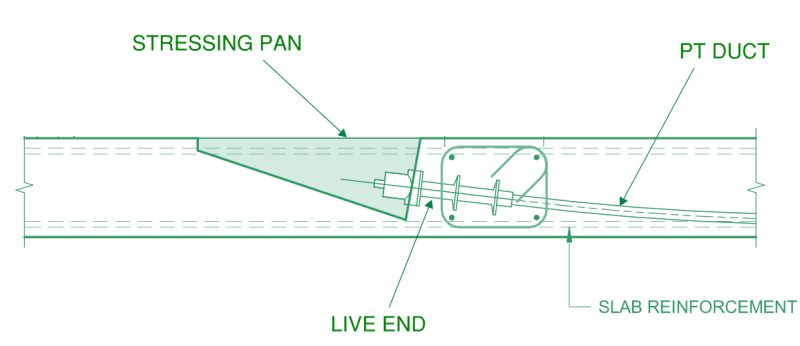
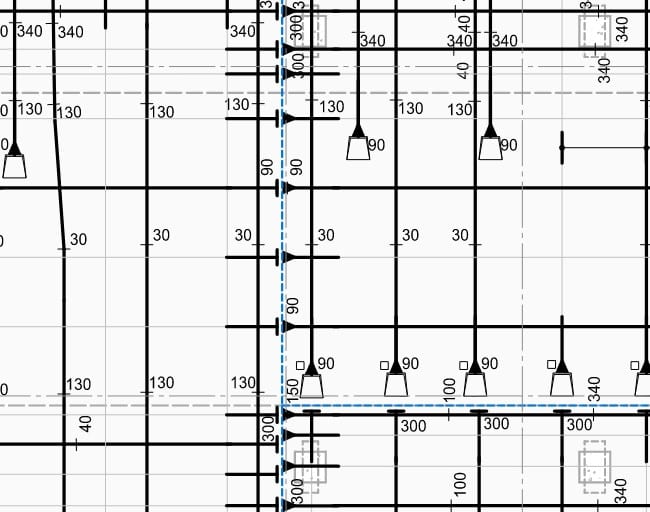
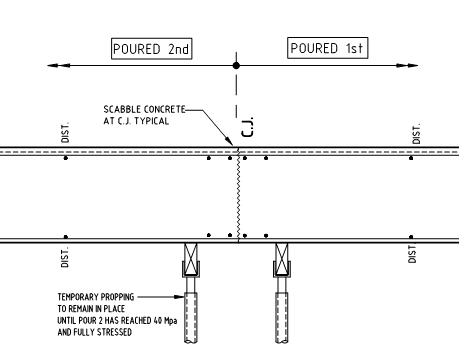
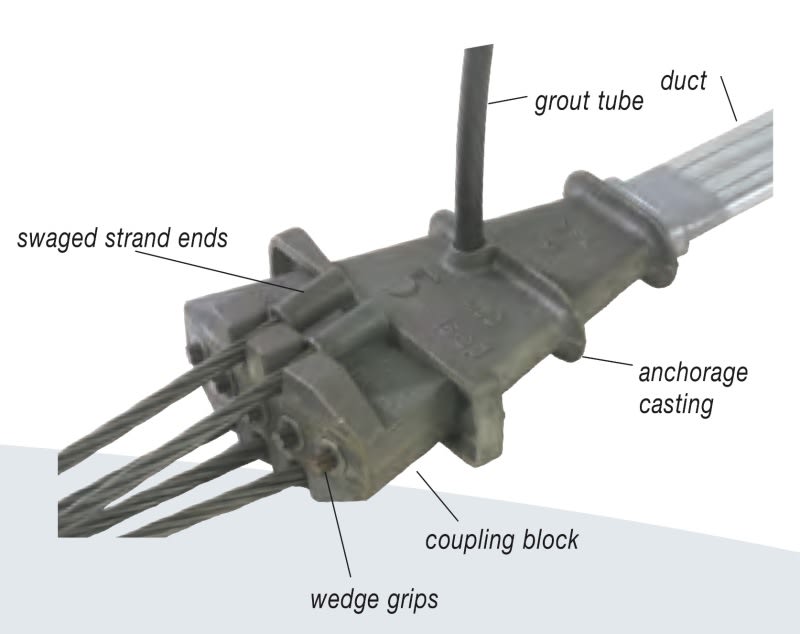
![[upsidedown] [upsidedown] [upsidedown]](/data/assets/smilies/upsidedown.gif)